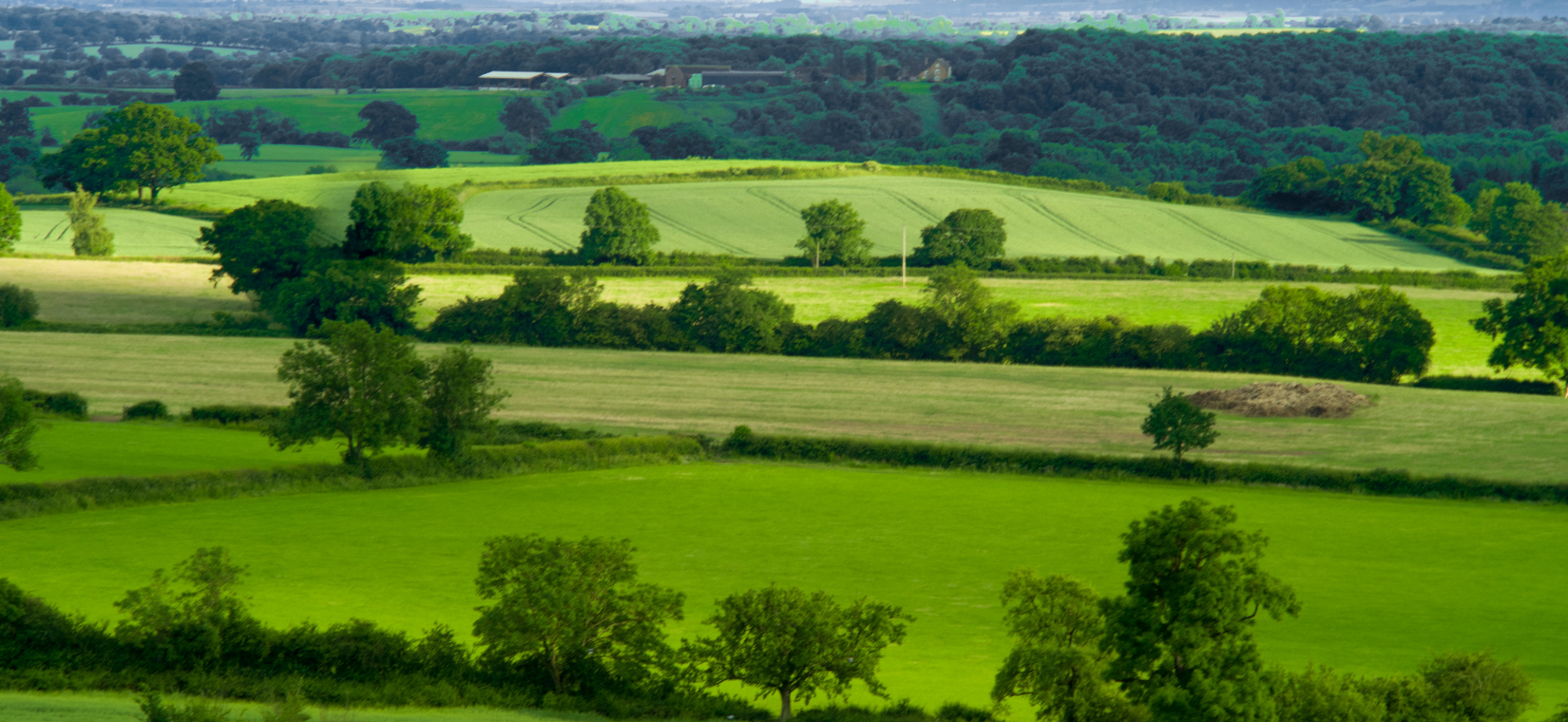
Recommendations with the government
In the Autumn 2022 issue of Rural eSpeaking we wrote that, following a period of public consultation, the He Waka Eke Noa (HWEN) Partnership was about to provide its recommendations to the government on how best to equip farmers to measure, manage and reduce on-farm agricultural greenhouse emissions.
Recommendations
In its report to the government, HWEN has recommended a farm-level split-gas levy pricing system. The key features are:
- Farms calculate their short and long-lived gas emissions using a single centralised calculator (or farmers can use existing tools and software that are linked to a centralised calculator)
- The system will be calculated by on-farm emissions determining levy costs, rather than the use of national averages
- A recognition of reduced emissions from on-farm efficiencies and mitigations as they become available
- Incentives are provided for the uptake of actions to reduce emissions
- A split-gas approach applies different levy rates to short and long-lived gas emissions
- On-farm sequestration is recognised that could offset the cost of the emissions levy
- Levy revenue is invested in research, development and extension (providing technical advice and information) including a dedicated fund for Māori landowners, and
- A System Oversight Board is established with expertise and representation from the primary sector. The board will work closely with an independent Māori board to provide recommendations on levy rates and prices, and set a strategy for the use of levy revenue.
Levy rates yet to be set
At this stage, levy rates have yet to be set. The modelling has, however, estimated that if a farm-level split-gas levy was applied to agricultural emissions, along with incentives for actions to reduce emissions, then an additional 4% to 5.5% reduction in gross methane emissions and 2.9% to 3.2% in gross nitrous oxide emissions between now and 2030 is achievable (over and above the baseline achieved by other environmental policies).
These reductions would come from a combination of within farmland use change, change in farming practices and the uptake of new technologies.
If this model is adopted, HWEN would be placing responsibility squarely on the heads of individual farmers, making them (to a certain extent) in control of their own destiny, by making decisions and adopting practices based on their emissions from their farm. This will almost certainly lead to changed farming practices and, in some cases, the current farming set up may well become economically unviable.
Government has not yet agreed to proposal
It is important to note that the HWEN recommendations are just that; the government will consider those recommendations (with advice from the Climate Change Commission) and make its final decision in December 2022.
If the government accepts the HWEN recommendations, the relevant legislation is likely to be drafted in 2023.
The intention is that by 1 January 2025, all farms should have a written plan to measure and manage their greenhouse gas emissions. The recommendations noted that 61% of farmers and growers already know their numbers (ie: they are calculating their emissions at farm level) with 21% already having a written plan. HWEN hopes to have 100% of farmers knowing their numbers by the end of 2022 to enable the written plans to be ready by 1 January 2025.
Adding to on-farm costs
Obviously, any levy system will add to on-farm costs which are already under pressure. During the consultation period, farmers raised concerns for the future of the primary sector and they expressed the importance of remaining internationally competitive.
HWEN noted that deer, sheep and beef operations will probably face a greater impact on their bottom line than dairy operations. Modelling showed that, in general, the impact on average farm profit varied from zero up to 7.2% (with a significant variation across farm systems with some farms being impacted more significantly than others).
There is a challenge ahead for the primary sector. Nothing is certain, however, until the government makes its final decision with more critical decisions to follow, most noticeably in the pricing area.


